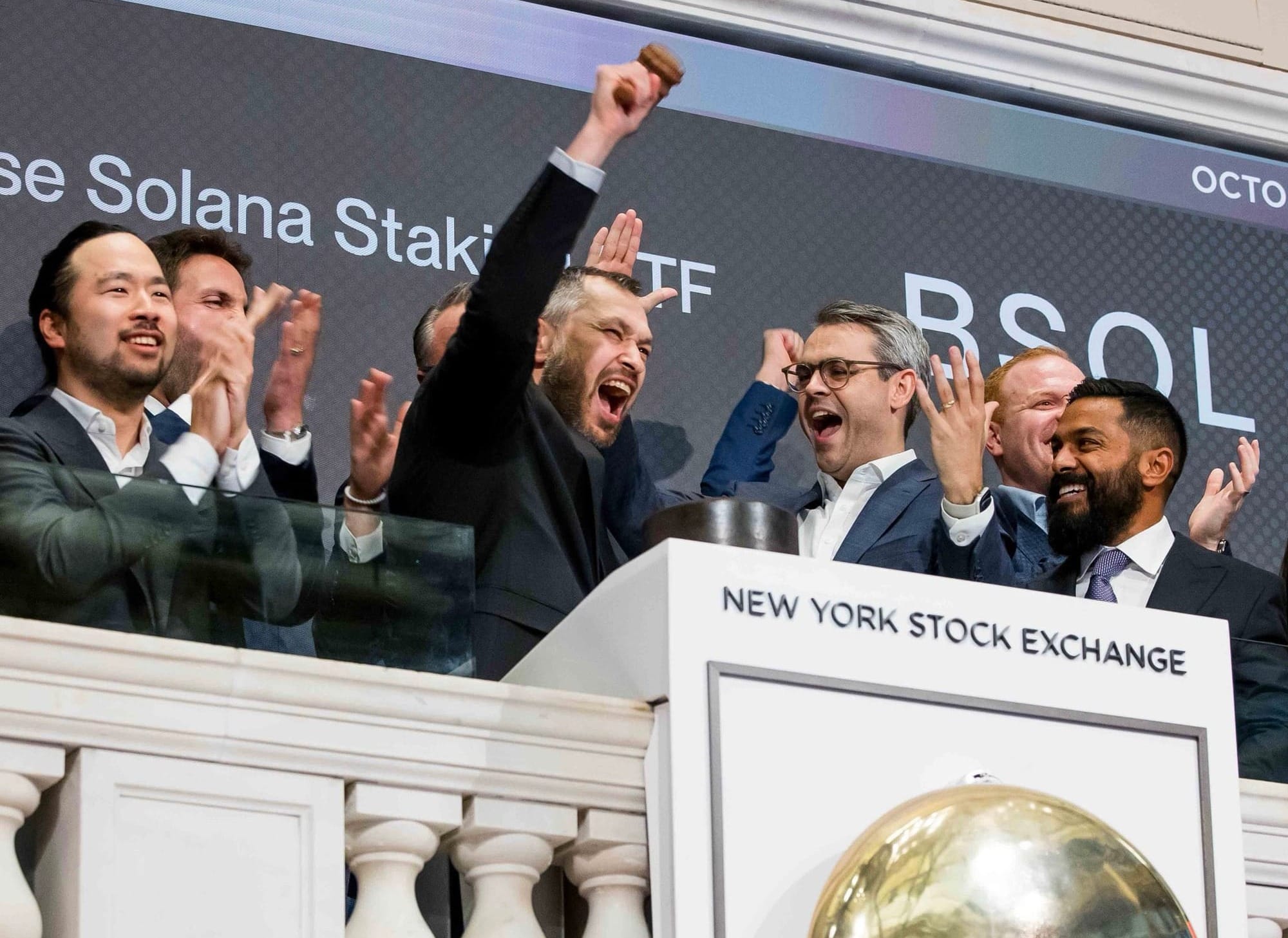Mastercard In Talks To Acquire Zero Hash For Up To $2 Billion: Fortune
Mastercard is in late-stage talks to buy blockchain infrastructure firm Zero Hash for between $1.5 billion and $2 billion as the payments giant moves to expand its foothold in stablecoin settlement, Fortune reported, citing sources familiar with the matter.
It said the deal would give Mastercard control of an entity that processed more than $2 billion in tokenized fund flows this year and raised $104 million in a funding round led by Interactive Brokers and Morgan Stanley in September.
Neither Mastercard nor Zero Hash has publicly commented on the report, but the move underscores how competition in the stablecoin space is intensifying among leading traditional finance firms seeking faster, borderless settlement systems.
A potential acquisition would mark Mastercard’s most significant push yet into blockchain-based payments, coming as rivals including Visa, PayPal, and Western Union accelerate their own stablecoin initiatives following new US regulation.
Mastercard May Lose Out To Coinbase In Bid To Buy BVNK
Fortune said Mastercard may lose out to Coinbase in the bid to acquire fintech BVNK, which specializes in stablecoin and fiat-to-blockchain payment infrastructure.
Citing sources familiar with that deal, Fortune said that Coinbase appears to have won the bidding war and now has an exclusive arrangement with the firm.
The report follows earlier news that Mastercard and crypto exchange Coinbase were both holding talks to acquire BVNK.
More TradFi Firms Are Moving Into Stablecoins
Mastercard’s move on Zero Hash comes as TradFi firms step up their interest in the red hot stablecoin space.
Visa announced in the company’s fourth quarter earnings call that it plans to offer support for four stablecoins across four blockchains and also reported strong growth for its existing stablecoin offerings, which already supports some major stablecoins and leading blockchain networks.
Meanwhile, PayPal has already launched its own stablecoin, the PayPal USD (PYUSDT) token.
Legacy firm Western Union this week also announced that it is working on its own stablecoin, called the US Dollar Deposit Token (USDT). In its announcement, the company said that it will deploy the stablecoin on the Solana network and will issue the token via Anchorage Digital. The launch is scheduled for the first half of 2026.
Meanwhile, Citi and a number of major banks have also disclosed that they are exploring stablecoins, while the Trump family launched the USD1 stablecoin through their decentralized finance (DeFi) platform called World Liberty Financial.
Outside of the US, Japan announced the launch of the first yen-backed stablecoin earlier this month called JPYC. This is the first stablecoin launched in Asia that can be issued globally.
Stablecoin Market Expected To Soar
The rush by traditional finance firms into the stablecoins space follows the regulatory clarity the industry gained when President Trump signed the GENIUS Act into law in July.
Stablecoins enable faster settlement times on the blockchain while also cutting out the middleman. They allow user to transact without borders with near-instant settlement times.
After the GENIUS Act was signed into law, the market capitalization of the stablecoin sector has surged more than 20% to about $307 billion, according to DefiLlama.
Stablecoin market cap (Source: DefiLlama)
Bernstein Research predicts that the global circulation of stablecoins could expand to nearly $2.8 trillion by 2028, while Standard Chartered says stablecoins could pull in $1 trillion from banks in emerging markets over the next three years.
You May Also Like

Billionaire Ricardo Salinas: "It's Still Early for Bitcoin" - Calls BTC "The Ultimate Hard Asset"

Bitwise Solana Staking ETF Records $72 Million Second-Day Volume
